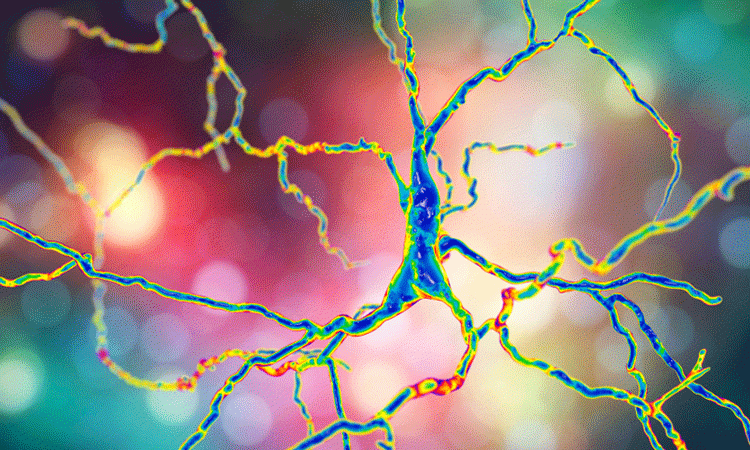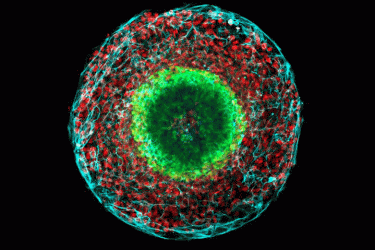New technology developed to screen for Huntington’s treatments
Posted: 18 September 2019 | Victoria Rees (Drug Target Review) | No comments yet
Researchers have created a new technology which enabled them to discover more about the causes of Huntington’s disease and which can be used to test drugs.


A study has used a new technology to understand more about the causations of Huntington’s disease, when the brain is in early developmental stages. According to the researchers, their findings can be used to study the disease and test potential drugs.
The research was conducted at Rockefeller University, US. The new method, in the lab of Professor Ali Brivanlou, uses neuroloids, tiny three-dimensional (3D) tissues cultures, to research cell groupings from human embryonic stem cells. The team was able to manipulate them in the lab to study how the disease arises.
Previous studies conducted by the researchers demonstrated that the condition arises in young neurons, but the new evidence indicates that the disease is caused during neurulation. This is when the brain’s cellular uniformity changes and distinct structures develop.


Developmental diseases can now be studied with new technology involving tiny brain models called neuruloids, shown here (credit: Laboratory of Stem Cell Biology and Molecular Embryology at The Rockefeller University).
When the researchers introduced into neuroloids a mutation known to cause Huntington’s, it consistently caused abnormally-shaped tissue structures.
The technology is now being used by the researchers to screen for drugs to prevent these abnormalities. They hope that their work will provide an alternative to similar work being done in animal models.
“This technology really opens a door toward identifying that mechanisms that govern brain development, understanding how they go awry in disease and testing drugs that set these mechanisms back on the right course,” says Brivanlou.
The findings were published in Nature Biotechnology.
Related topics
Cell Cultures, Neurons, Neurosciences, Research & Development, Screening
Related conditions
Huntington's disease
Related organisations
Rockefeller University
Related people
Ali Brivanlou








